By Susanne von Rosenberg, UC Master Gardener of Napa County
It's been impossible not to notice how different our fall season is from what we were used to in the past. Rains come four to six weeks later, if they come at all. We get heat spells into October and sometimes November, and big fires are burning somewhere.
Napa County Master Gardeners have been providing workshops and other information on fall vegetable gardens for more than 10 years. Fall vegetable gardening used to feel almost like a freebie: just water the plants long enough to get them well established, and by early to mid-October nature would begin to water them for you. Even if you had to water periodically, the plants needed less water because of the predictably cooler and more humid weather.
Recently, I've had questions about whether fall vegetable gardening still makes sense, and how to deal with the changes. Yes, it still pays to put in a fall vegetable garden, but we need to consider the changes in rainfall patterns and autumn temperatures.
The best things you can do to make your garden more resilient are to improve the health of your soil and to mulch your garden. Healthier soil holds more water, and it also provides better conditions for plant growth. A plant in healthy soil will be able to handle more stress than a plant in more marginal soil. Mulching helps conserve water, reduces weeds (which compete for the available water) and adds organic matter to the soil if you use a mulch composed of organic material.
Given the changes in rainfall patterns, be prepared to water your fall vegetable garden. Plants will need less water than in late spring or summer because autumn temperatures are lower and days are shorter. But don't do what I've done (more than once) and keep waiting for the rain that never comes. I've lost or stunted several crops because I kept expecting it to rain “any day now.”
These days I water using the same basic principle as I do in the summer. When the soil in a vegetable bed is dry 1 to 2 inches down, it's time to water, even if it is December. Seeds and young seedlings need more frequent watering.
The more challenging question these days is “When should I plant?” We used to say that, in most areas in Napa County, you could plant seedlings for fall crops such as broccoli and cauliflower by mid-August for a harvest around the end of October. Planting as late as mid-September would give you a crop by late November. Planting after the middle of September would most likely mean that your “fall” crop would mature in the spring.
I no longer plant in mid-August. The risk that my plantings will fail due to heat is just too high. Even if I can keep the seedlings alive with shade and a lot of water, they will be stressed and therefore less productive and more susceptible to disease and insect pests.
I now plant no sooner than the beginning of September, and more typically toward the middle of September. Planting later in the fall means that my first harvest is delayed. I can partially make up for this by planting some vegetables that mature more quickly than broccoli and cauliflower, such as Asian greens and lettuces.
I also grow some vegetables in containers that I used to start in the ground. I can grow them in the coolest areas of my garden, even bringing them inside during the hottest part of the day. Peas work well when grown this way.
Also, for fall planting, it's a good idea to choose the varieties with the shortest days to maturity. Broccoli harvest can vary from 55 days to more than 90 days from transplanting. Choosing bolt-resistant vegetable varieties is another important tactic for fall planting.
Although planting later in the season delays the harvest, warmer temperatures mean that plants grow later than they have in the past. Plants need light to photosynthesize, and the shorter days and lower light intensity in the fall reduce the rate of photosynthesis. However, photosynthesis also requires a certain minimum temperature; depending on the plants, photosynthesis virtually stops at temperatures below 38°F to 50°F. For most plants, the rate of photosynthesis is highest between 50°F and 68°F. (Also worth knowing: Photosynthesis nearly stops at temperatures above 104°F.) The higher fall temperatures that we have been experiencing won't compensate for the reduced sun intensity, but they do help us get a slightly longer fall growing season.
Food Growing Forum: Napa CountyMaster Gardeners will present a discussion of “Perennial Vegetables, Garlic and Alliums” on Sunday, October 10, from 3 p.m. to 4 p.m., via Zoom. Register here to receive the Zoom link.
Free Guided Tree Walk: Join Master Gardeners of Napa County for a tree walk in Fuller Park in Napa on Tuesday, October 12, from 10 a.m. to noon. Limited to 12 people per walk. COVID safety protocols will be followed. You will be asked health questions and asked to sign in. Face masks and social distancing are required. Register here.
Got Garden Questions? Contact our Help Desk. The team is working remotely so please submit your questions through our diagnosis form, sending any photos to mastergardeners@countyofnapa.org or leave a detailed message at 707- 253-4143. A Master Gardener will get back to you by phone or email.
For more information visit http://napamg.ucanr.edu or find us on Facebook or Instagram, UC Master Gardeners of Napa County.
Attached Images:
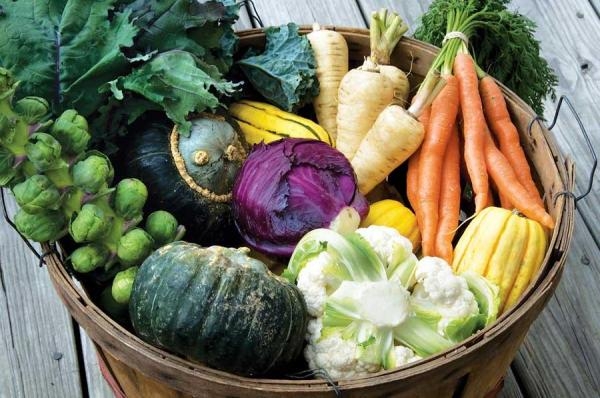
Fall veg (charlestonjfs.com)
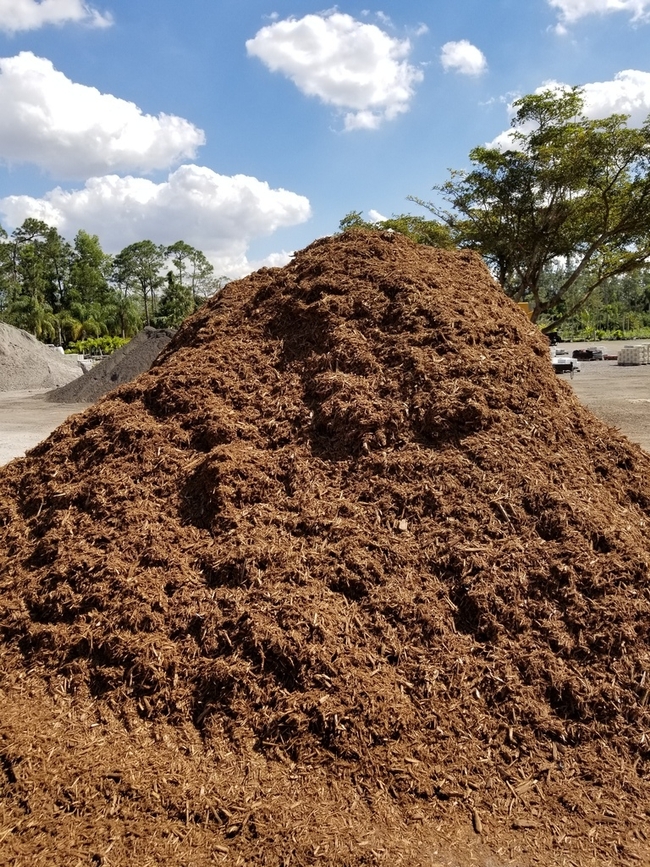
Use quality mulch or compost. (aonestopgardenshop.com)
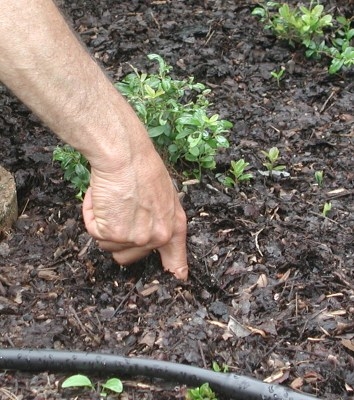
Finger test soil moisture 1-2 inches down. (leereich.com)
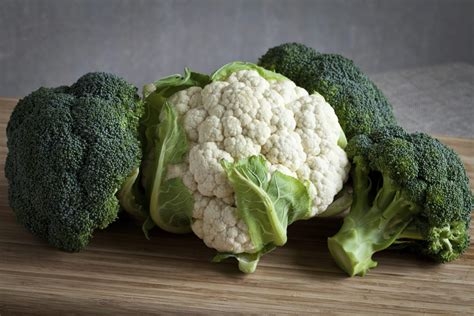
Broccoli and cauliflower. (medcenterblog.uvmhealth.org)
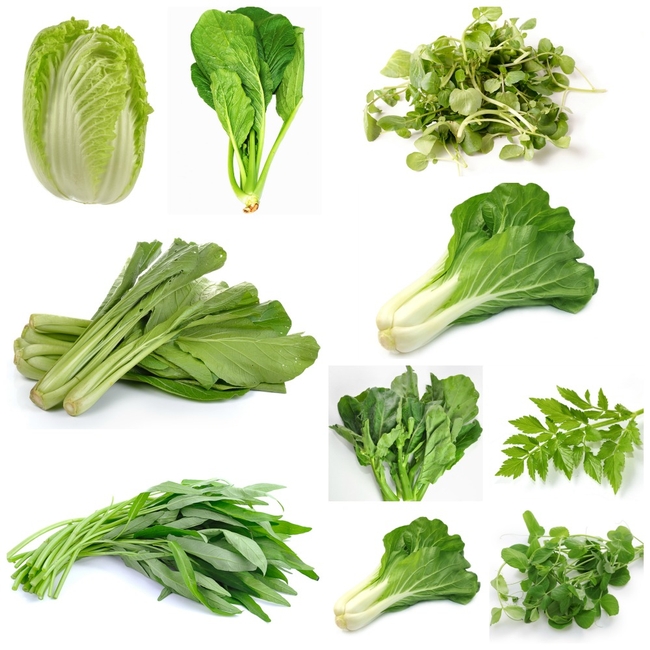
Asian greens. (producemadesimple.ca)
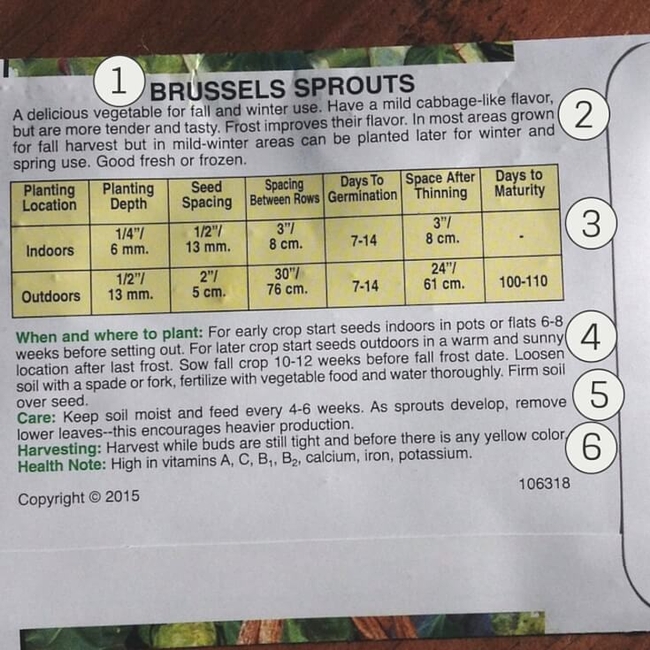
Days to maturity harvest. (104homestead.com)
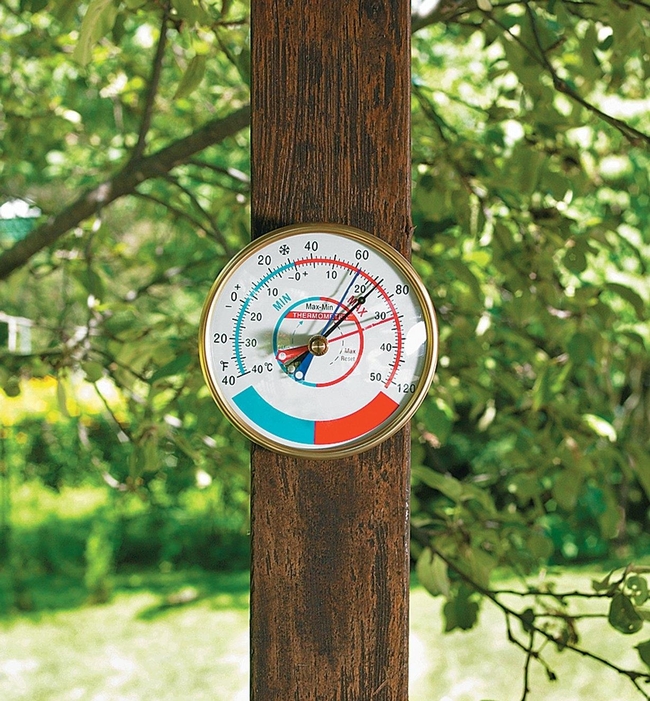
Min-max thermometer. (leevalley.com)